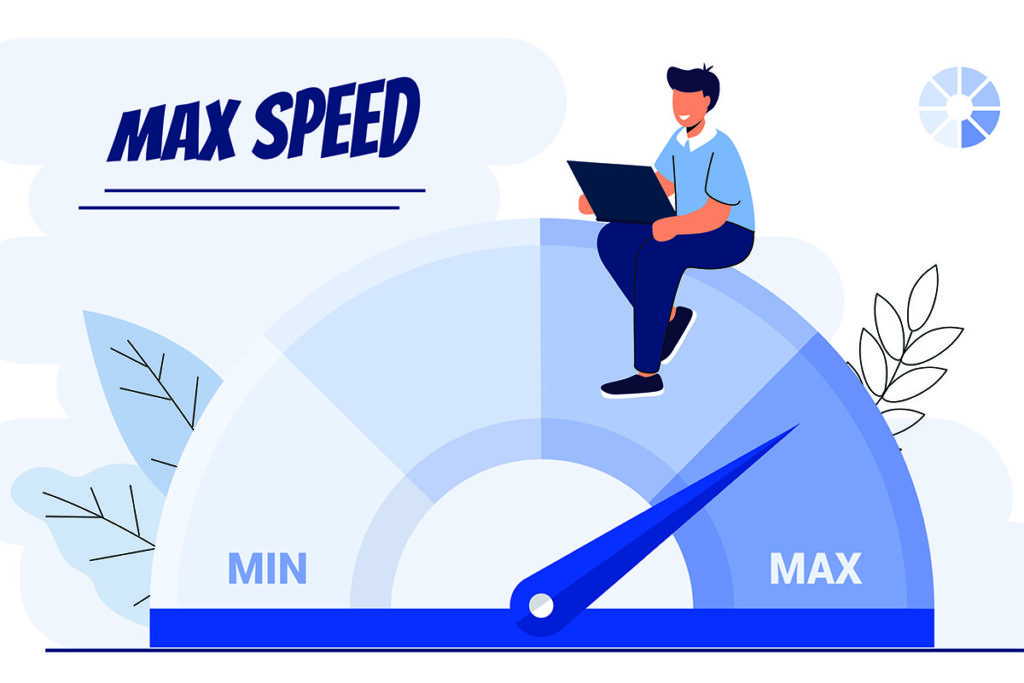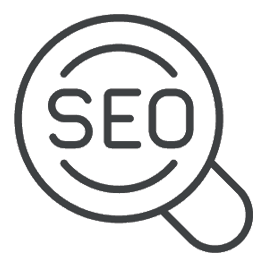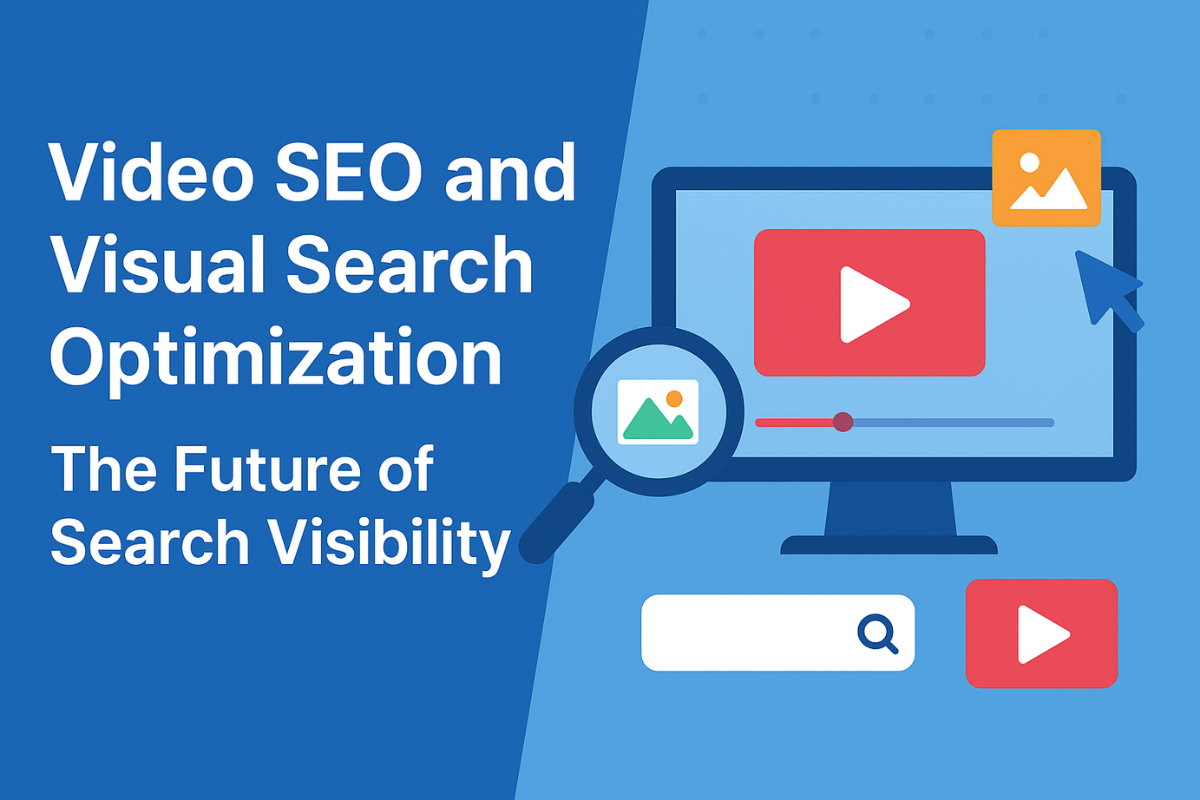If you have been working with SEO, you must have heard about “Page Speed”. Page speed refers to how fast the contents of a certain webpage loads and becomes fully interactive for the users. There are 2 main measurements for this; the first one is called “Largest Contentful Paint” which is how long it takes for a page to display its main contents. The second one is known as “Time to Interactive” which is how soon the user can interact with the page. Basically page speed is all about how fast a user can effectively use a web page.
In this blog we are going to learn more about page speed and how you can improve yours.
Why Page Speed Matters for Your Website
As you might have already guessed, page speed plays a crucial role in how users experience your website. In the 21st century, life is as fast-paced as it gets and so similar to everything else, people expect websites to run smooth and fast. If a page is taking too long to load, users are likely to leave it for a faster one even if it is the most informative on the entire internet.
From an SEO perspective, page speed is also a direct ranking factor in Google’s algorithm. You can read more about Google’s algorithms here. Google prioritizes websites that offer a smooth and fast experience—especially on mobile devices. A slow site not only frustrates visitors but also reduces your chances of ranking well in search results. That’s why improving your page speed isn’t just about user experience—it’s also essential for getting discovered in the first place.
How to Measure Page Speed

Before taking any steps toward improving your page speed, you need to know how your page is performing. There are a number of tools you can use to analyse the performance of a webpage:
- Google PageSpeed Insights: Google PageSpeed Insights is a free tool that provides a detailed report on both mobile and desktop performance. It gives you a speed score out of 100 and offers suggestions for improvement based on Google’s Core Web Vitals.
- GTmetrix: GTmetrix provides a visual breakdown of your site’s load time, including performance scores, load timelines, and recommendations for optimization.
- Lighthouse (built into Chrome DevTools): Lighthouse is an open-source tool from Google that audits page performance, accessibility, SEO, and more—right from your browser. You need to be more tech-savy to use this one.
The important thing about all these tools is that they don’t just tell you how fast your page loads—they also identify what’s slowing it down. Metrics like First Contentful Paint (FCP), Largest Contentful Paint (LCP), and Cumulative Layout Shift (CLS) give you a detailed picture of how your page behaves in real-world scenarios. Using these insights, you can make targeted improvements that actually move the needle.
Common Factors That Affect Page Speed
Your page speed is not dependent on just one factor. This means that there are several technical and design-related elements that can slow down your website. Understanding these common culprits is the first step toward speeding things up:
1. Large Image Files:
High-resolution images that aren’t optimized for the web are one of the biggest reasons for slow-loading pages. Uncompressed images take longer to load and consume more bandwidth, especially on mobile devices. It is often a great practice to use .webp format for your images.
2. Too Many HTTP Requests:
Every element on a page—images, scripts, stylesheets, fonts—requires an HTTP request. The more requests your page makes, the longer it takes to fully load.
3. Unoptimized Code:
Bulky or poorly written HTML, CSS, and JavaScript can drag down your site’s performance. Minifying code and eliminating unnecessary scripts can significantly speed things up.
4. No Browser Caching:
When browser caching is not enabled, visitors have to re-download all resources every time they visit your page. Caching lets the browser store parts of your site, reducing load times for repeat visitors.
5. Slow Server Response Time or Hosting:
Your hosting provider plays a big role in how quickly your server responds to requests. Shared hosting or outdated infrastructure can cause delays in delivering content to users.
Actionable Tips to Improve Page Speed
So now you already know what may be slowing down your website and how they are doing that. What you need to know at this point is that improving your page speed doesn’t always require a complete website overhaul. With the right strategies, you can make noticeable improvements that enhance user experience and SEO performance. Here are a number of very common things to do to get started with improving your site speed.
1. Compress and Optimize Images
Use image compression tools like TinyPNG or built-in features in platforms like WordPress to reduce file sizes without losing quality. Also, choose modern image formats like WebP for faster loading. This is extremely important in optimizing your page speed. Remember that images can easily get heavy and slow your page to a great extent.
2. Enable Browser Caching
Browser caching stores elements of your site on users’ devices so they don’t have to reload everything on each visit. This greatly speeds up the experience for repeat visitors.
3. Minify CSS, JavaScript, and HTML
Clean up your code by removing unnecessary spaces, comments, and characters. Every single line of code counts when it comes to loading a page. That is why good frontend developers who write their codes efficiently are rare and expensive to hire. Tools like UglifyJS, CSSNano, or plugins like Autoptimize can do this automatically.
4. Upgrade Your Hosting Plan
If your website is growing and you’re still on a basic shared hosting plan, consider upgrading to a faster option like VPS or dedicated hosting for better server response times.
5. Implement Lazy Loading
Lazy loading delays the loading of images and videos until they’re about to enter the user’s view. This reduces the initial load time and speeds up page interaction.
How Often Should You Check Your Page Speed?
Page speed isn’t something you can set and forget. Websites evolve—new content is added, plugins are updated, and traffic patterns change. You may be adding more services or products, expanding your business and adding new sections to your website or may even redesign your site entirely. That’s why regularly monitoring your page speed is crucial for maintaining top performance.
A good rule of thumb is to check your page speed at least once a month or whenever you make major changes to your website. You should also keep an eye on seasonal traffic spikes, which can affect performance and reveal issues you might not catch during normal site activity.














